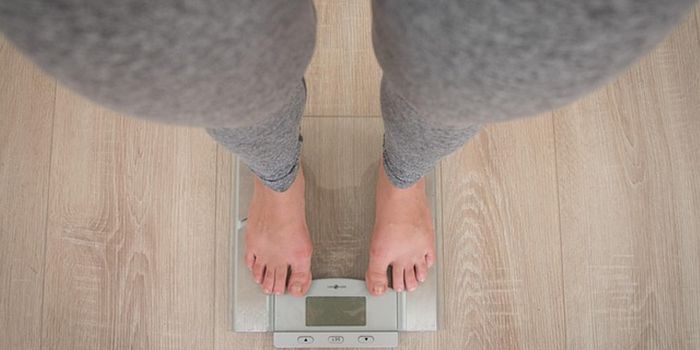Automating the Analysis of the Circle of Willis to Determine Vascular Health
The Circle of Willis (CoW) is a vital part of the brain’s anatomy that acts as a junction of blood flow. It is composed of arterial segments that connect three blood flow pathways and provides an important source of what’s called collateral blood flow that allows the continued blood passage if a vessel is pinched.
The CoW has been the target of researchers, due to its association with diagnosing strokes and importance in determining vascular health. Over fifty percent of people have one or more missing segments of the CoW, which is associated with a high risk of stroke. A complete CoW, on the other hand, is a sign that a patient can undergo more aggressive treatment after a stroke has already occurred.
Therefore, analyzing the CoW is essential in diagnosing strokes, as well as key in identifying vascular strength in individuals. Radiological images are already the standard and are a very effective method of analysis. However, the need for doctors themselves to examine them can be quite costly. A group from the Dell Medical School at the University of Texas proposed that automizing the interpretation of radiological images could reduce the price and time of CoW analysis.
They chose to develop an algorithm that would identify the CoW on a radiological image, give it a sort of base skeleton, and then identify what segments might be missing from that skeleton. This method correctly labeled almost all CoW images it was given, albeit in a small data set.
Though their model worked well, the team concede that there are other, more sophisticated methods in the works. They proposed that combining their method with one of these methods may improve the merged method overall. Unfortunately, this study was only intended to test the model’s feasibility, and the small pool of patients they pulled from could not give any definitive results. It did affirm that it has promise as a diagnostic tool, however.
The team concludes, “We demonstrate the feasibility of using our approach to automatically classify important structures of the CoW and extract biomarkers from cerebrovasculature. With further development, we believe this approach may be used to automatically analyze clinically acquired images to generate biomarker data for research purposes or for clinical applications.”
Sources: Nature Scientific Reports, AnatomyZone









